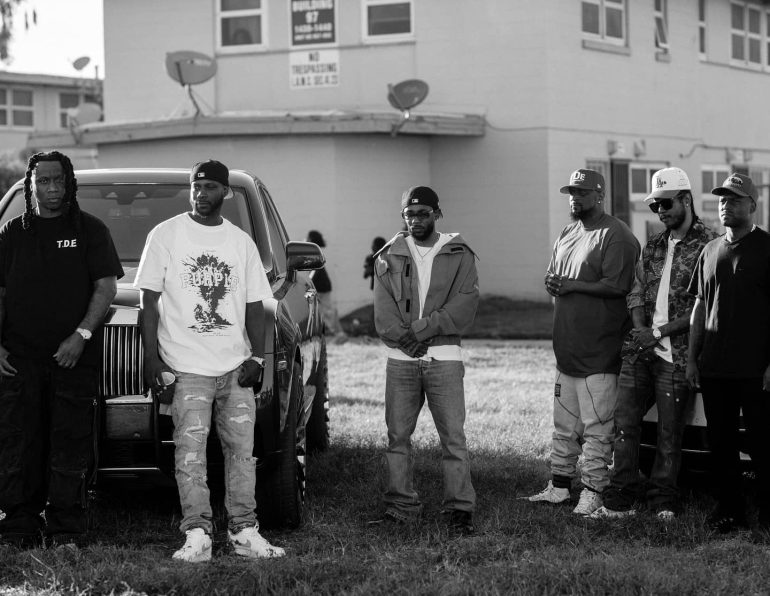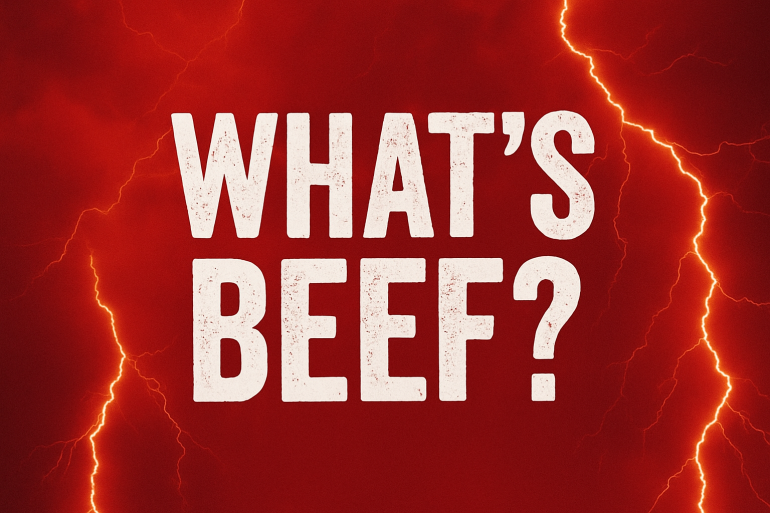Listeners:
Top listeners:
-
play_arrow
ERM Radio Top Music Radio
-
 play_arrow
play_arrow
Shawn Weigh Im Alive feat RN Stello Empire Radio Magazine
music_note
Kendrick Lamar’s “They Not Like Us” Music Video: A Visual Masterpiece

(12) Kendrick Lamar – Not Like Us – YouTube
Kendrick Lamar has always been a visionary, not just in his music but also in his visual storytelling. The music video for “They Not Like Us” is a striking example of his ability to blend powerful messages with compelling imagery. Directed by Dave Free, a longtime collaborator, this video is a profound extension of the song’s themes, pushing the boundaries of what a music video can achieve in terms of narrative depth and visual innovation. The “They Not Like Us” music video serves as a powerful visual companion to the song’s intricate lyrics.

From the opening frame, it is clear that the video is set to explore themes of identity, inequality, and societal divisions. The imagery is stark and evocative, often contrasting scenes of opulence and destitution to highlight the disparities that Lamar raps about. This visual dichotomy reinforces the song’s commentary on social and economic inequality, making the viewer reflect on the real-world implications of these issues. One of the standout features of the “They Not Like Us” video is its innovative cinematography. The video employs a variety of techniques, including slow-motion shots, dynamic camera angles, and symbolic use of color, to create a visually arresting experience. Each frame is meticulously crafted to draw the viewer’s attention to specific details, enhancing the storytelling aspect of the video. The use of shadows and light is particularly notable, adding a layer of depth and meaning to the visual narrative.

Kendrick Lamar is known for his use of symbolism, and the “They Not Like Us” video is rich with metaphorical imagery. Throughout the video, symbols of power and oppression are juxtaposed, creating a visual dialogue that complements the song’s lyrics. For example, scenes featuring luxury cars and lavish parties are interspersed with images of protest and struggle, underscoring the contrast between privilege and disenfranchisement. This use of symbolism not only enhances the video’s aesthetic appeal but also deepens its thematic resonance.

The video for “They Not Like Us” is more than just a series of striking images; it tells a compelling story that mirrors the song’s narrative. The video follows multiple characters, each representing different facets of the societal issues Lamar addresses in his lyrics. Their journeys are depicted with empathy and nuance, creating a powerful emotional connection with the viewer. This narrative approach transforms the music video into a short film, elevating it beyond the realm of typical music video production.
Kendrick Lamar’s “They Not Like Us” video has made a significant impact on both the music and film industries. It has been praised for its artistic vision and its ability to convey complex themes through visual storytelling. The video’s release sparked conversations about the role of music videos in addressing social issues, highlighting Lamar’s influence as an artist who is unafraid to tackle difficult topics. By combining his musical talents with his keen eye for visual storytelling, Lamar has created a work that resonates deeply with audiences and contributes to the ongoing dialogue about race, identity, and inequality.


The music video for “They Not Like Us” is a testament to Kendrick Lamar’s prowess as both a musician and a storyteller. Through its innovative cinematography, rich symbolism, and compelling narrative, the video enhances the song’s impact and cements Lamar’s status as a groundbreaking artist. As viewers are drawn into the video’s visual world, they are encouraged to reflect on the societal issues it portrays, making “They Not Like Us” not just a song, but a powerful statement on the state of the world today. This music video exemplifies how art can be a catalyst for change, pushing the boundaries of what is possible in both music and visual media.
4o
4o
Written by: Empire Radio Magazine
Similar posts
Featured post

Latest posts
Upcoming shows

Kendrick Lamar’s “They Not Like Us” Music Video: A Visual Masterpiece
12:00 am - 3:00 am

Kendrick Lamar’s “They Not Like Us” Music Video: A Visual Masterpiece
12:00 am - 1:00 am

Kendrick Lamar’s “They Not Like Us” Music Video: A Visual Masterpiece
12:00 am - 3:00 am
Top popular












Post comments (0)